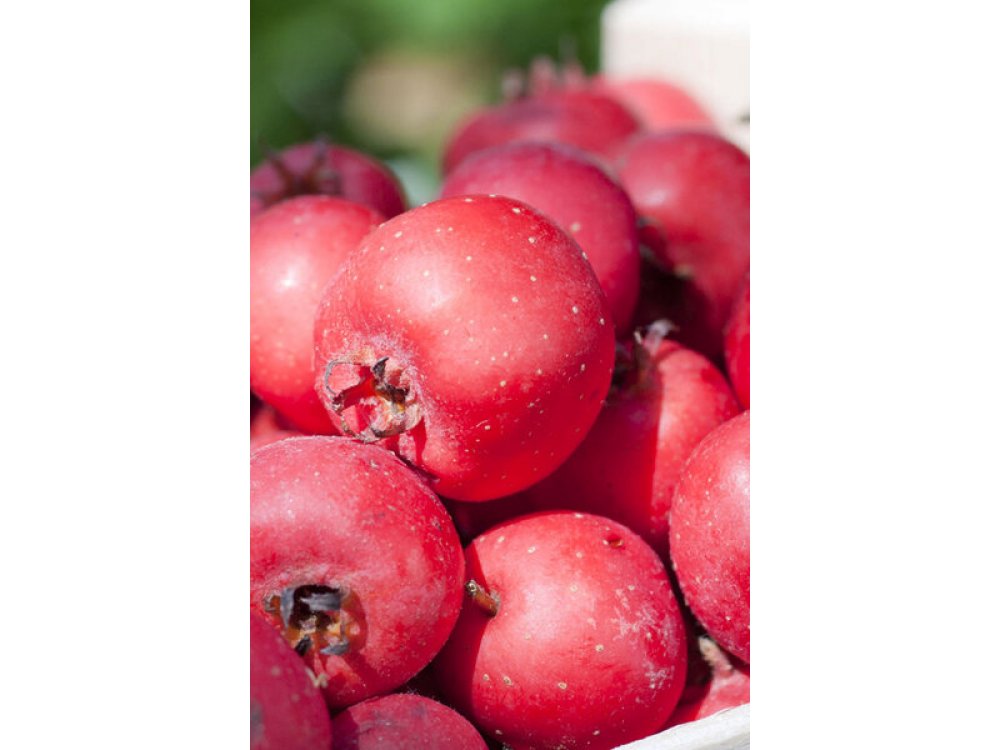Product description
The azerolle (Crataegus azarolus), is a fruit-bearing plant of the Rosaceae botanical family that can be classified among secondary fruits.
The region of origin of this plant is Asia Minor and Central, even if some ecotypes are native to the countries of the Mediterranean basin.
In many Italian regions the azzeruolo plant is naturalized in a spontaneous state, especially in Liguria, Emilia Romagna, Veneto, Tuscany, Lazio, Molise, Campania, Puglia and Sicily.
Cultivated, however, the azeruolo boasts a centuries-old tradition in our country, where it was chosen both for its fruits and for decorative purposes. Already in the Renaissance, azzeruole were much loved for their special aroma and typical sweet and sour taste. Even until the last century, they were the subject of a rich trade.
Unfortunately, in recent decades this tradition has been lost and specialized cultivation is now very rare.
It is a very rustic and adaptable crop, with abundant fruiting, ideal for planting in family gardens.
The leaves are deciduous, alternate on the branches and leathery, short-stalked and equipped with ridges. On the fruiting branches the leaf blade is rounded at the base, lobed, with 1-3 pairs of lobes depending on the variety.
The upper side of the leaf is smooth, shiny, bright green in color. The bottom one, on the other hand, is more opaque and glows pale greenish.
The flowers are white, with a short stalk and are found in clusters, in numbers ranging from 5 to 25.
The flowering of azerol is very beautiful, it appears in early spring and lasts until May. Fruiting occurs at the apices of the bud of the year produced by a mixed bud. After harvesting, the top dries up, but at the same time a lateral bud is formed, which will ensure growth the following year.
The fruits, as stated, are the azzeruole, or small globose knobs.
They are 2-2.7 cm in diameter and inside they contain 2 or 3 seeds covered with thick and woody sheaths.
The color of the skin, depending on the variety, ranges from pale yellow, to bright yellow, to orange-red, to bright red.
They ripen from the end of August and last until the beginning of October. Another feature of the fruit is its good shelf life.
The azzeruolo, characteristics and cultivation
Azzeruolo, also known as lazzeruolo, is a fruit tree typical of our rural tradition. Its small, bitter-sweet fruits are called 'azzeruole' and look a lot like a tiny apple.
We have already talked about fruit trees such as the jujube, the strawberry, the mulberry, all species that have their roots in the experience of farmers, but often forgotten and underestimated in today's panorama of fruit species. Azerol also belongs to this category, which should be re-evaluated, especially in the context of family orchard cultivation. In fact, even one of these trees, with a valuable ornamental value, is enough to have an excellent harvest.
So we know better the botanical characteristics of azeruolo, its cultural needs and the possible uses of the fruit.
1 Zero, origin and diffusion2 Botanical characteristics of azerol3 The cultivation of azerol3.1 Pedoclimatic needs3.2 Propagation3.3 Plant six3.4 Cultural care3.5 Harvest and use of fruits
Zero, origin and diffusion
The azerolle (Crataegus azarolus), is a fruit-bearing plant of the Rosaceae botanical family that can be classified among secondary fruits.
The region of origin of this plant is Asia Minor and Central, even if some ecotypes are native to the countries of the Mediterranean basin.
In many Italian regions the azzeruolo plant is naturalized in a spontaneous state, especially in Liguria, Emilia Romagna, Veneto, Tuscany, Lazio, Molise, Campania, Puglia and Sicily.
Cultivated, however, the azeruolo boasts a centuries-old tradition in our country, where it was chosen both for its fruits and for decorative purposes. Already in the Renaissance, azzeruole were much loved for their special aroma and typical sweet and sour taste. Even until the last century, they were the subject of a rich trade.
Unfortunately, in recent decades this tradition has been lost and specialized cultivation is now very rare.
It is a very rustic and adaptable crop, with abundant fruiting, ideal for planting in family gardens.
The most common varieties grown in Italy are the white Azzeruolo of Italy (more delicate) and the red Azzeruolo of Italy (more rustic).
Botanical characteristics of azerolle
Azerol is a plant that can take the form of a small tree or bushy shrub. It grows slowly and never reaches large sizes. Under favorable conditions it can reach a maximum of 8 to 10 meters.
The crown of the tree has a rounded shape, sometimes pyramidal, with more or less branches and occasional thorns.
The leaves are deciduous, alternate on the branches and leathery, short-stalked and equipped with ridges. On the fruiting branches the leaf blade is rounded at the base, lobed, with 1-3 pairs of lobes depending on the variety.
The upper side of the leaf is smooth, shiny, bright green in color. The bottom one, on the other hand, is more opaque and glows pale greenish.
The flowers are white, with a short stalk and are found in clusters, in numbers ranging from 5 to 25.
The flowering of azerol is very beautiful, it appears in early spring and lasts until May. Fruiting occurs at the apices of the bud of the year produced by a mixed bud. After harvesting, the top dries up, but at the same time a lateral bud is formed, which will ensure growth the following year.
The fruits, as stated, are the azzeruole, or small globose knobs.
They are 2-2.7 cm in diameter and inside they contain 2 or 3 seeds covered with thick and woody sheaths.
The color of the skin, depending on the variety, ranges from pale yellow, to bright yellow, to orange-red, to bright red.
They ripen from the end of August and last until the beginning of October. Another feature of the fruit is its good shelf life.
The cultivation of azerolPedoclimatic needs
Usually azerol is a thermophilic plant, which is why it grows along hillsides, which usually have good exposure to the sun and a milder climate. The blue tree grows well in the same climate zone as the oak and oak.
This small village fruit tree grows in draining and not very compact soils, but also in clayey or calcareous soils, as long as they do not cause water stagnation.
Tolerable soil pH ranges from 6.8 to 8.5, so neutral to sub-alkaline.
These are the ideal conditions, but its rusticity guarantees growth even in the most difficult situations.
The plant is in fact endowed with a high resistance to water scarcity and at the same time withstands winter frosts well, managing to survive in temperatures below -15°C..
Azeroll is a true multifunctional tree species. It produces excellent fruits with medicinal properties, while it is also a tree of high ornamental value.
It is perfect as an ornamental plant in the garden, to be admired from spring to autumn, from the flowering phase to the fruiting phase.
As a fruit plant it is sufficient to cultivate a single specimen, given the abundant production.
The fruits can be eaten fresh, just picked, but also in winter, if stored in a dark and dry place.
Fresh zeros quench thirst and have different properties. They are diuretic and hypotensive and their pulp is anti-anemic and ophthalmic, thanks to its high provitamin A content.
Azzeruole is an excellent ingredient for traditional farm recipes such as jams, marmalades and jellies. They are also used in confectionery and preserved in alcohol.



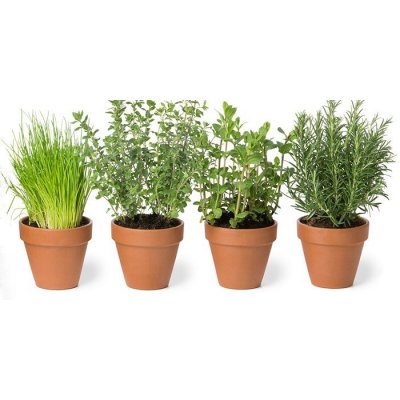
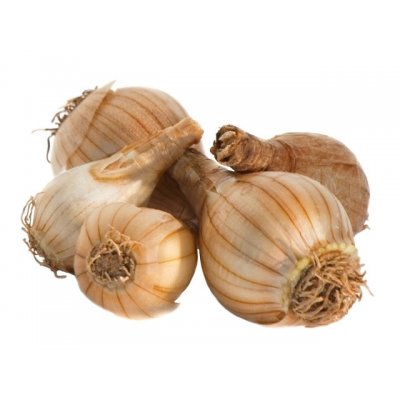


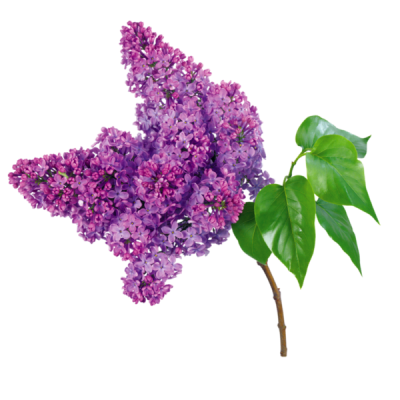
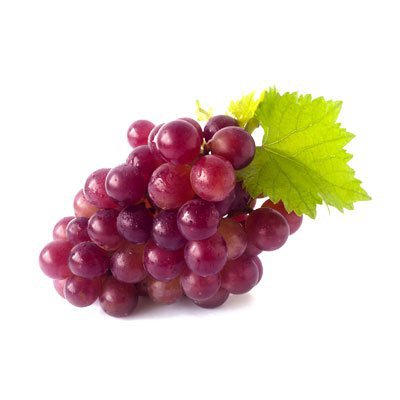
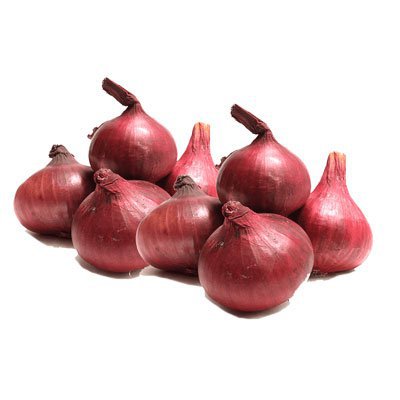
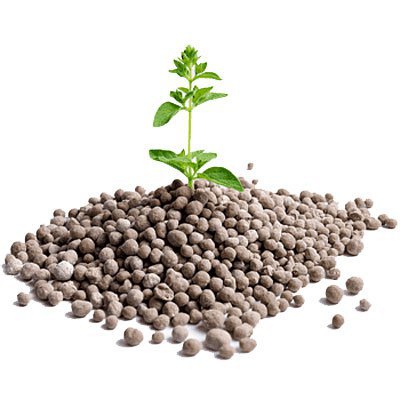

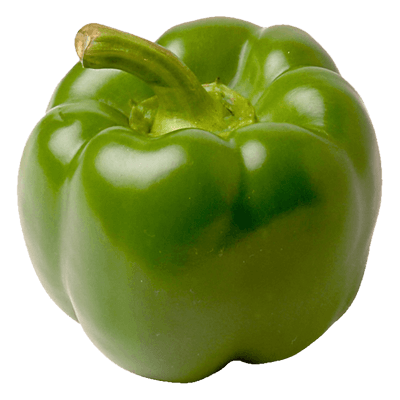



 Forest Fruit Plants
Forest Fruit Plants Spice Herbs Medicinal seeds
Spice Herbs Medicinal seeds Bulbs
Bulbs Fruit Trees
Fruit Trees Garden Materials
Garden Materials Ornamental Plants
Ornamental Plants Grapevine Plants
Grapevine Plants Onion Set
Onion Set Fertilizers
Fertilizers Potato seed
Potato seed Seeds
Seeds Roses
Roses Tropical Plants
Tropical Plants Home Pesticides
Home Pesticides